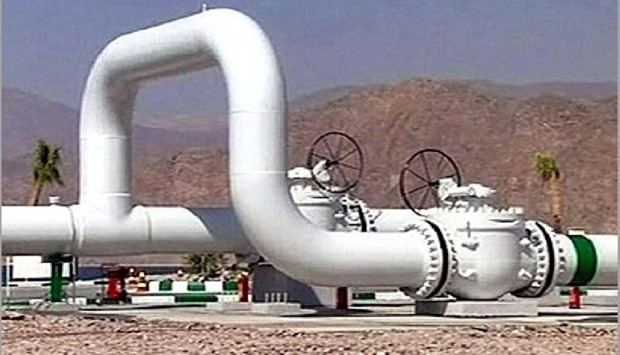*The demand growth, according to GECF secretary general is supported by the economic, technical and environmental advantages of natural gas
*GECF secretary general says demand growth is supported by the economic, technical and environmental advantages of natural gas
The Doha-based Gas Exporting Countries Forum (GECF) sees the demand of natural gas growing in key global markets including some emerging markets, particularly in Asia.
The demand growth, according to GECF secretary general Yury Sentyurin, is supported by the economic, technical and environmental advantages of natural gas.
“Environmental policies aimed at restricting pollution and CO2 emissions are important drivers for increasing demand for natural gas, especially in power generation,” Sentyurin said in an exclusive interview with Gulf Times in Doha.
He said the GECF expects increased demand for natural gas in power generation by more than 100 bcm between 2016 and 2020. This increase is supported by the penetration of natural gas over coal.
The GECF also expects that natural gas will benefit from its ability to provide needed flexibility for power systems, particularly with the increasing penetration of intermittent renewables.
Additionally, it sees opportunities for natural gas in the transportation sector, specifically in LNG bunkering and for heavy trucks, with the development of many projects to supply LNG as a fuel, particularly in Europe.
“To meet the growing demand for natural gas, we at the GECF need to make significant investment – with approximately $240bn just in the next 5 years, $140bn of which are upstream investment. Investors need predictable and manageable revenue streams,” Sentyurin said.
Many countries have also achieved “positive results” in terms of development of their gas resources, not only in GECF countries but also in emerging regions, he said.
With the development of LNG regasification capacities and small-scale LNG, the expected expansion of the LNG market over the medium term will also bring opportunities for gas exporters.
GECF countries will continue to have an important role in LNG trade and in providing a reliable gas supply to global markets, he said.
Main medium-term challenges, Sentyurin said, are those related to technology shifts, slow pace of global gas demand growth (projected to drop from 2.3% per year in 2000-2016 to 1.7% per year in 2017-2025) and the growing non-GECF gas supplies. Sanctioning of new projects in the upstream sector could be challenging, and gas supply projects (pipeline gas and LNG) could face increased pressure to take investment decisions without guarantee of long-term contracts.
According to Sentyurin the main challenges for natural gas over the long term were related to energy policies.
“We note that there are some policy constraints on natural gas in Europe. The EU (European Union) gas policy is bringing large uncertainties for the developers of capital-intensive gas supply projects, especially with continuing changes in market rules and design, as well as dominance of national policies and priorities in this region.
“In India, the policy is still not very clear about the future roles of natural gas and coal. We believe that improving demand visibility, alongside more stable policies, can support more the development of gas projects and gas markets.”




